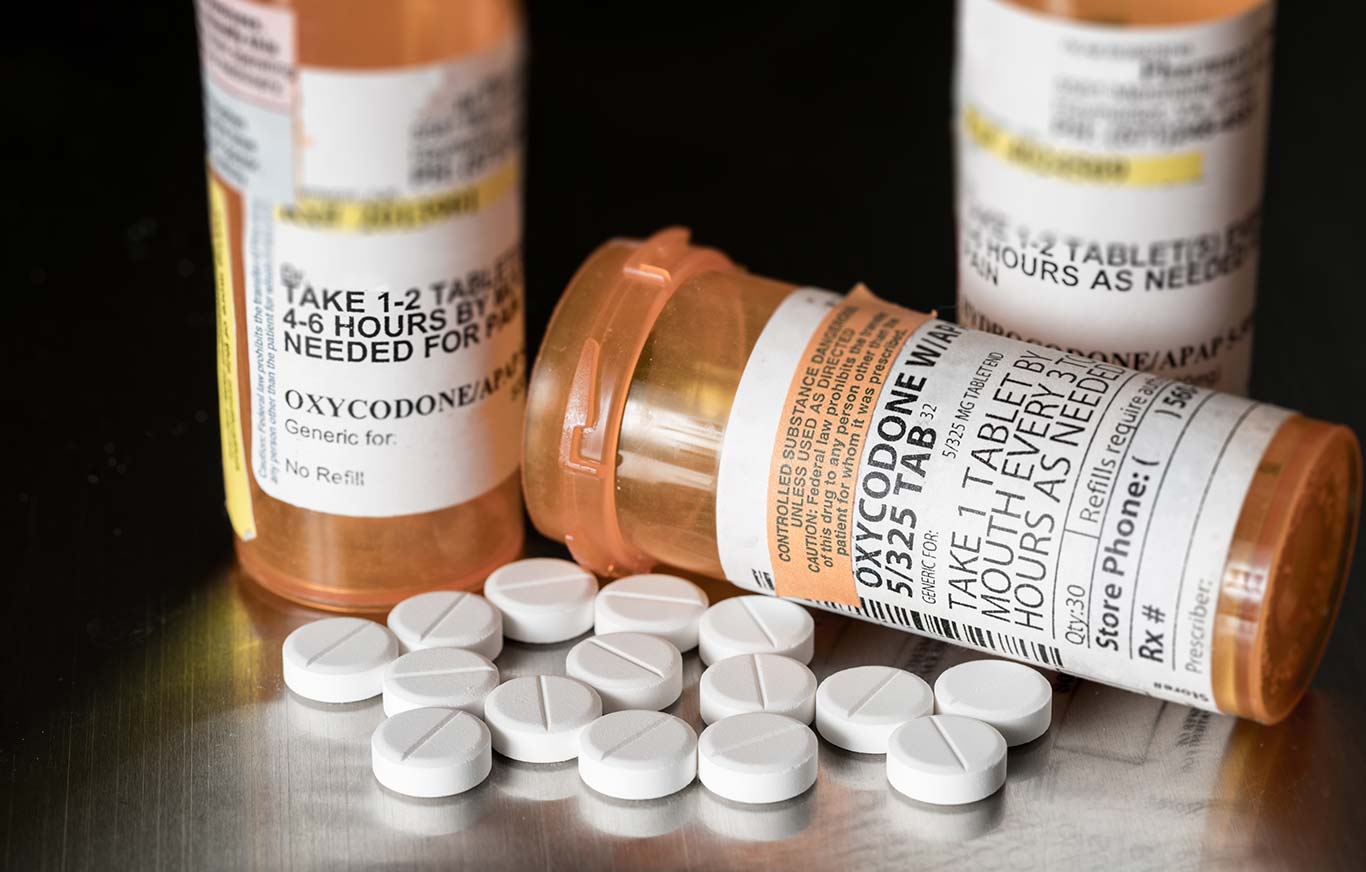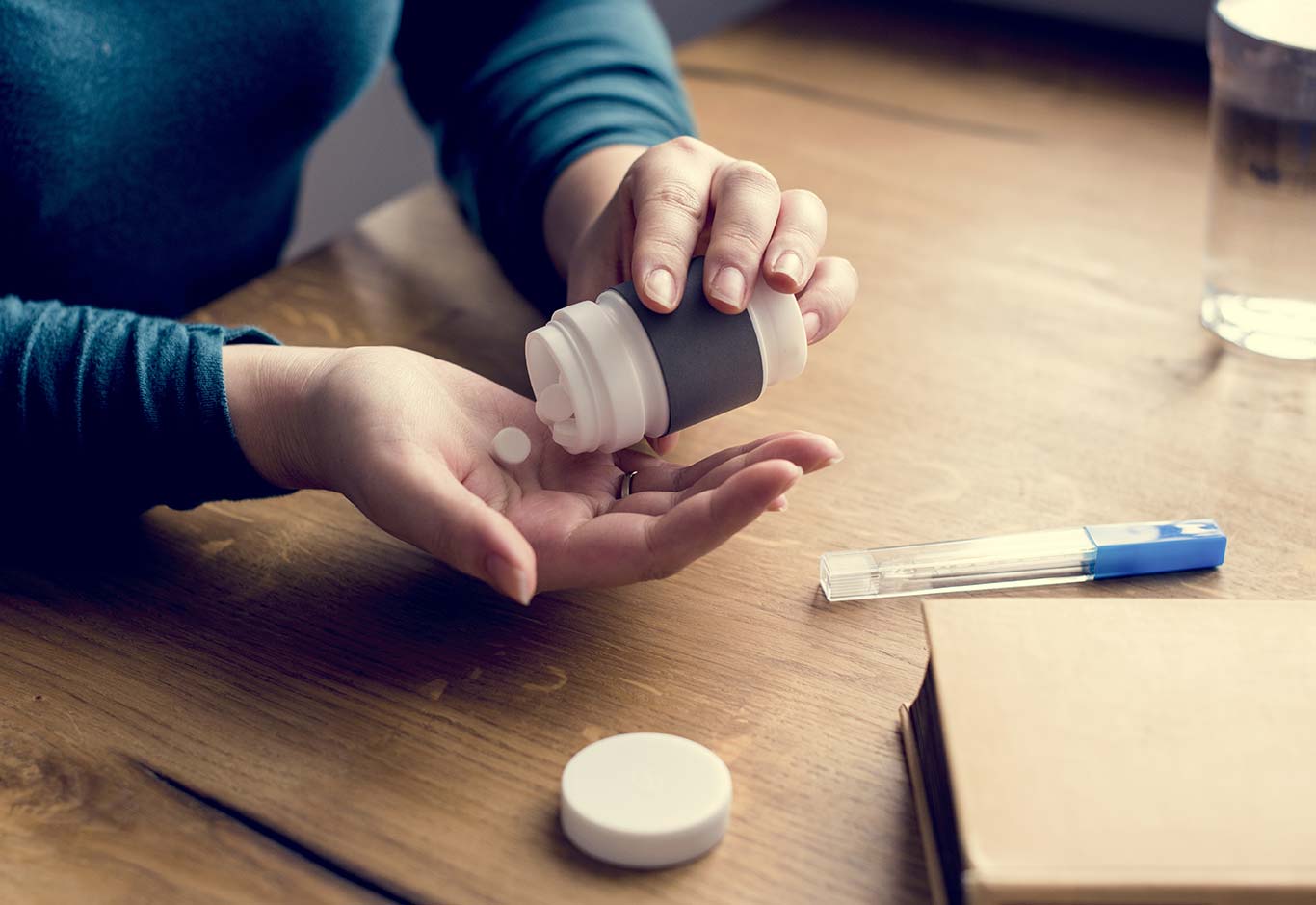
A very serious and dangerous problem that is affecting millions of Americans all across the country is the rising addiction to painkillers, like opioids. It is estimated that well over 26 million people are suffering from this addiction and the numbers are only growing. The consequences of this devastating abuse includes unintentional overdosing that has been quadrupling since 1999. That is an incredible number to think about. Opioid abuse is also linked to an increases in street drugs, like heroin, as well.
The dilemma that comes along with prescription painkiller use is multi-faceted. First, we must recognize that while there is abuse of opioids in our communities, there is also a desired role they play in healing the human body and properly reducing suffering. We must also see that it has been easy to get refills of these prescriptions, making it simple to abuse. Also, the lengths people will go to get the medications can have dire consequences. Basically, in order to confront this potentially disastrous phenomenon, we must find the right balance between properly using and administering opioids while avoiding the rising trend of painkiller abuse.
To begin with, the lengths we have now seen people go in order to get more pills, has been astounding. In the news recently, a doctor lost his life over opioids. A deranged husband was upset because his wife was no longer going to be prescribed her opioids for pain. Michael Jarvis of Mishawaka, IN. shot and killed the doctor of his wife, Dr. Todd Graham. After his wife’s morning appointment, Jarvis showed up two hours later to the facility where Graham worked. As Graham was leaving the office, Jarvis shot him at point blank range. Later that day, Jarvis also took his own life.
In this scenario, the doctor was trying to do the right thing and not over-prescribe opioids. While this was the appropriate course of action for the doctor, it had fatal consequences. Although it has not been established, it is likely that Jarvis was also addicted to the painkillers as well. Unfortunately, two lives were unnecessarily lost over prescription pills.
We are also seeing children being affected by their parents’ overdosing as well. Many videos and stories recently have surfaced where children have witnessed firsthand this awful addiction and repercussions. In one case, a father overdosed in his car with his three young children present. In Waukesha, WI, just outside of Milwaukee, Christopher Koeberl’s children watched as he got high off pain medications and slumped over his steering wheel in a parking lot. Thinking he was dead, one of the children was able to call 911 for help. The children were eventually found and rescued while their father was sent to jail. Here again, innocent people were tangled in the mess that is painkiller addiction.

So how do we solve this rampant problem in America?
First we must recognize that the access to opioid pain relievers has changed over the last few decades. On top of over prescribing and increases in medications dispensed, they have become more socially acceptable for different purposes while pharmaceutical companies have made aggressive marketing campaigns supporting their use.
To combat this, we must use tactics like prevention, education and outreach. Preventing abuse of opioids in the first place can be tricky since they are often prescribed to help manage pain initially. By educating the general public about their safety and efficacy, we are taking the initiative to direct people towards making better choices. Not only, however, does the general public need training, but so do the physicians prescribing these medications. There are groups, like NIDA (National Institute on Drug Health) that are working feverishly to educate physicians in properly prescribing opioids while recognizing the signs of addiction in their patients and getting them help.
When scientific facts are also reported on the dangerous side effects of opioid use, it can be very alarming. Some of the short term effects do not seem very significant and include drowsiness, lethargy, paranoia, respiratory depression and nausea. However, long term abuse can cause things like abdominal distention, bloating, vomiting, liver damage, brain damage due to hypoxia, increased tolerance and dependence. Perhaps most disturbing is that once the brain becomes adapted to a certain amount of an opioid, it craves even more. This leads many people who abuse the drug to crush the pill and then snort it or inject it. These methods have the most serious side effects like respiratory arrest, coma and death.
There have also been efforts made to help reduce the amounts of overdoses as they happen. The drug, Naloxone, is a reversal of opioids and can be used to save the life of a person who has overdosed. In the past, this medication was only carried by medical staff, but has since been approved by the FDA to be used as an auto-injector designed to be administered by family members or caregivers in case such an event happens.
While we are seeing an increase in addiction and complications from overdoses, there still continues to be efforts made to educate and reach out to those in need of help. Many innocent lives are stake while this trend progresses dangerously forward.
Comments are closed.
